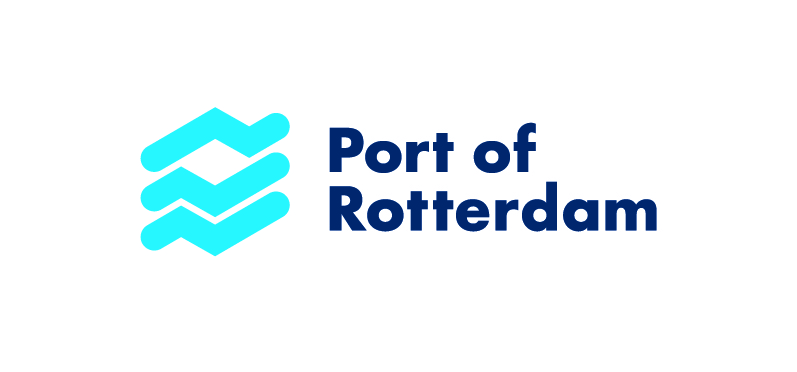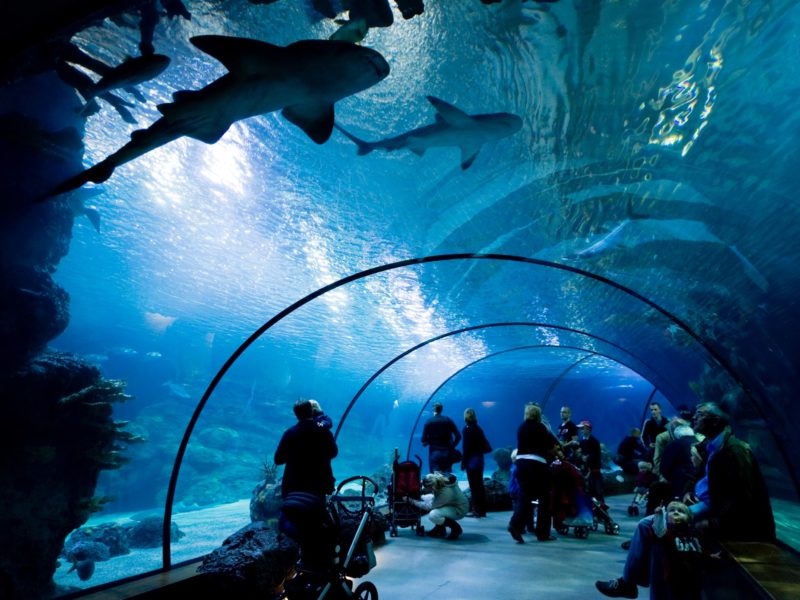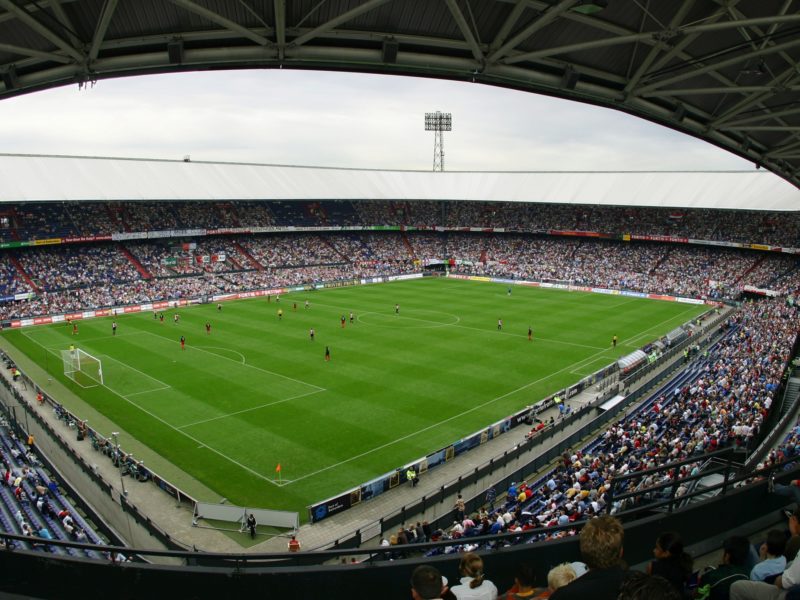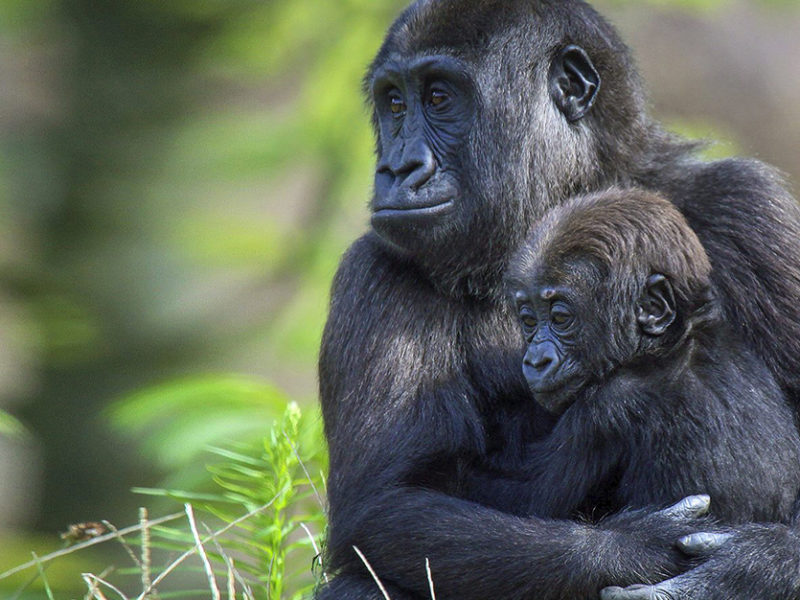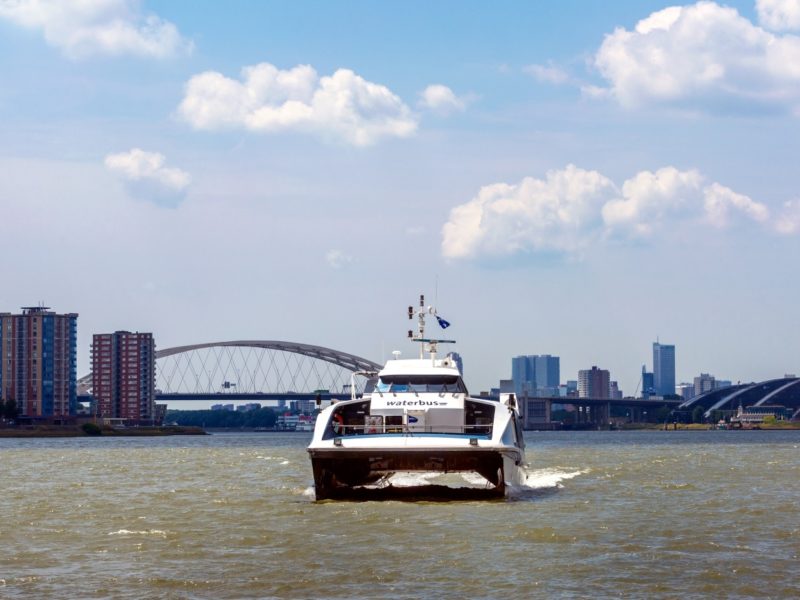'Hand in hand, mates' is the maxim where Rotterdam icons are concerned. The Port of Rotterdam and the Diergaarde Blijdorp zoo, both Rotterdam Make It Happen brand partners, are examples of that spirit. Although the one and a half million people that visit Blijdorp every year are not likely to notice it, the Port of Rotterdam also plays an important role for the city's zoo.
The Oceanarium Boat
The Oceanarium Boat is a perfect example of the collaboration between the Port of Rotterdam and Blijdorp. This craft, also nicknamed ‘The Fishwife’, was gifted by the Port of Rotterdam to Blijdorp in 2001, and it ensures that the fish in the zoo's oceanarium can swim in genuine Atlantic seawater. Randolph Streng, technical staff member of Blijdorp Zoo: 'Twice a month the Oceanarium Boat sails to the Maasvlakte, where it collects 300,000 litres of ballast water from Maersk ships that have sailed from America across the Atlantic'.
Radar systems
As well as the boat, the Port of Rotterdam also gifted two new radars for the
Haaibaai (Fishwife). Randolph: 'It is well-nigh impossible to sail without a radar, especially in misty weather, so, when the previous radar came to the end of its life about five years ago, a replacement was essential for our ship to remain afloat. The Port of Rotterdam has made this possible by giving us two radars. One was installed straight away, and the second has been stored as a spare. We are still using those radar systems today to ensure that the animals in the oceanarium benefit from fresh seawater'.
Plastic soup
Whereas the animals in the oceanarium can enjoy clean seawater, this is unfortunately not the case for marine creatures living in the wild. The contents of ten swimming pools filled with plastic end up in the oceans of the world every day due to human behaviour. Roderik Koenis, educational staff member at Blijdorp: 'I don't need to explain to anyone that this is disastrous for the animals living in the sea. Creatures may get entangled in rubbish, or they may eat it. At the
ZOO much plastic exhibition, you can see for yourself that it is hardly possible to tell a plastic sandwich bag from a jellyfish in the water'. What is worse, the plastics disintegrates into a multitude of infinitesimally small pieces of micro plastic, all floating in the seawater; this is what we call a plastic soup. These tiny plastic particles eventually find their way, via the food chain, into our own food. The aim of the exhibition is to make the public at large aware of the plastic-soup issue. Among other things, an educational game is used to achieve this. Says Roderik: 'The game is used to test the knowledge of visitors about ocean pollution in an interactive manner. Visitors are often shocked when they find out how little they actually know about the plastic-soup problem. And that is how the game contributes to the eventual goal of nature conservation. After all, if we are to preserve sea life, we will have to make sure that that no more plastic finds its way into the oceans. Hardly anyone contributes to this pollution intentionally, so awareness is especially key for that reason'.
For many years to come
Neither
ZOO much plastic nor the interactive game would have been possible without the contributions made by the port, so Erik Zevenbergen, managing director of Diergaarde Blijdorp, is very grateful to the Port of Rotterdam: 'It is gratifying to see the mutual strengthening of two Rotterdam-based icons. It doesn’t matter whether it is a financial contribution for the exhibition and the game, or a contribution in kind like the Fishwife and the radar systems; we know we can count on the Port of Rotterdam. This has created a strong bond between the port and the zoo, and obviously we hope that this collaboration will continue for many years to come'.

